Bryophyta

Sphagnum Moss
Sphagnum spp.

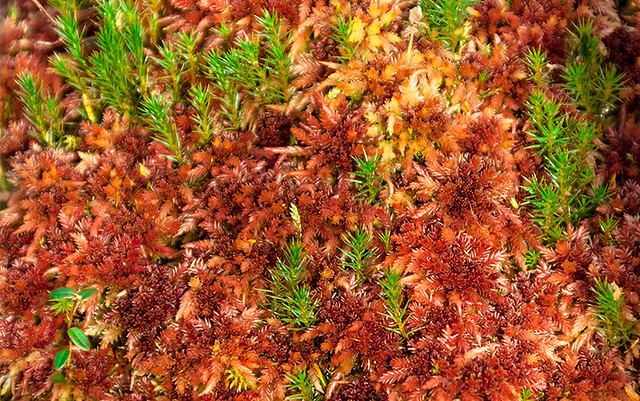
3 POINTS
Fact: Sphagnum moss shapes the boreal forest by absorbing water and producing acid, which causes the development of peat bogs.

BROOM MOSS
Dicranum scoparium

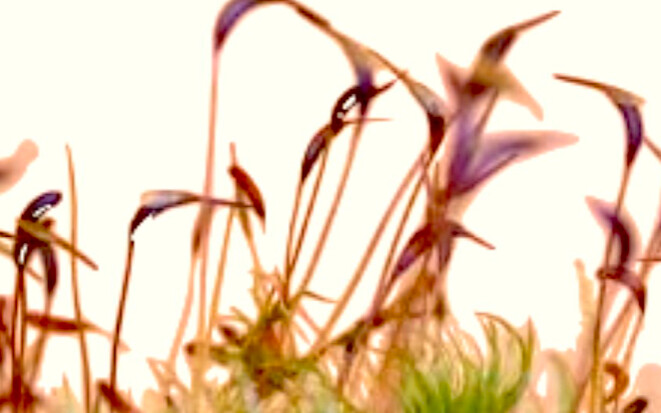
2 POINTS
Fact: The leaves of the gametophyte all curve to one side, giving it the appearance of a tiny broom

ROUGH MOSS
Claopodium crispifolium

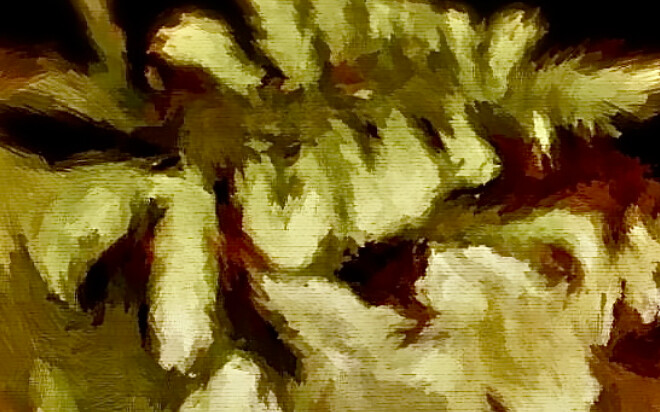
2 POINTS
Fact: A useful field characteristic to identify this moss are its chartreuse yellow tips, which contrast with the darker, older proximal portions of the plant

RED-BOG MOSS
Sphagnum capillifolium

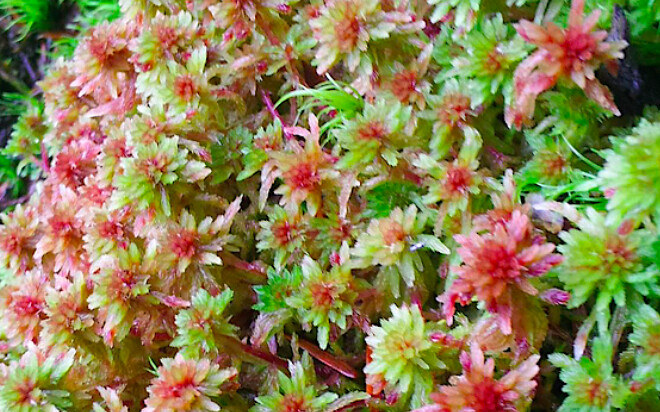
4 POINTS
Fact: Commonly found growing in bogs and makes its environment acidic via a cation exchange mechanism.

FOUR-TOOTHED WONDER MOSS
Tetraphis pellucida

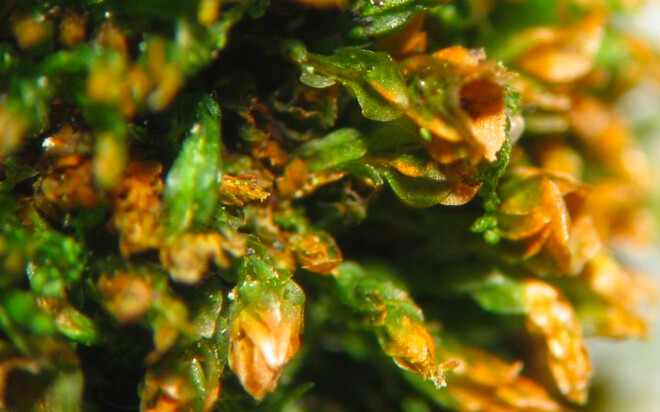
2 POINTS
Fact: Rapidly colonizes new sites via fragmentation and gemmae production. If dominant competitors around, it will reproduce sexually via sporophytes to find new sites with less competition

GOBLIN’S GOLD
Schistostega pennata

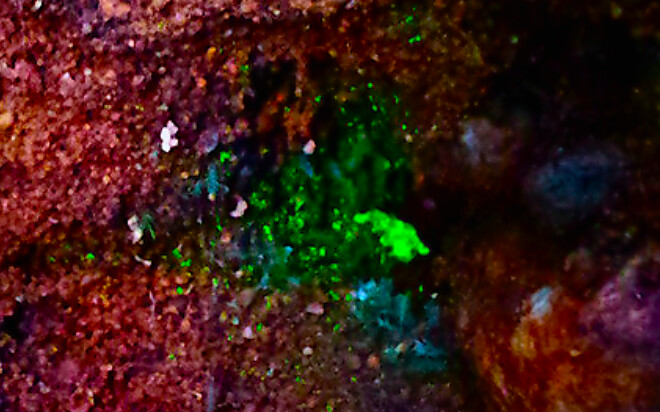
2 POINTS
Fact: This moss is commonly found growing in Pacific Spirit Park under overturned trees. Its unique protonema luminesces yellow-green, giving it its common name.